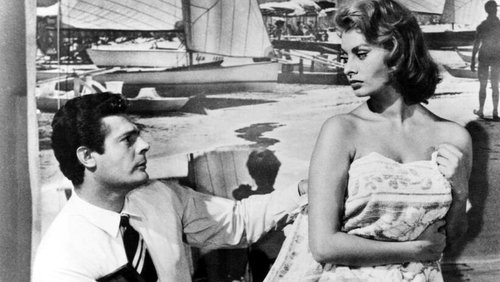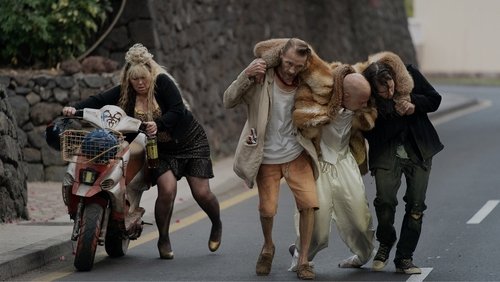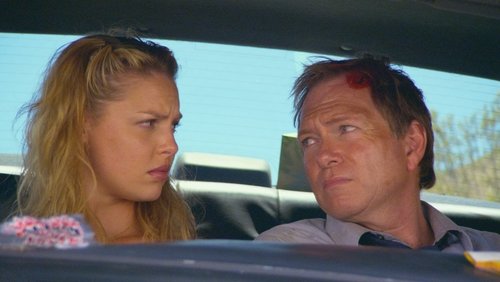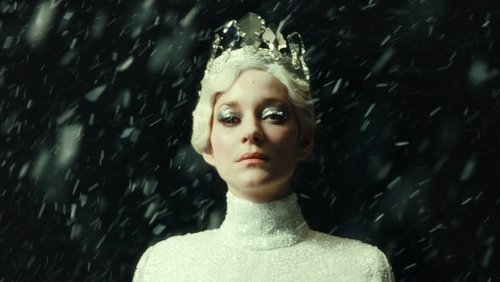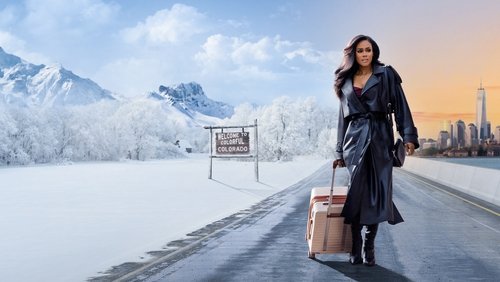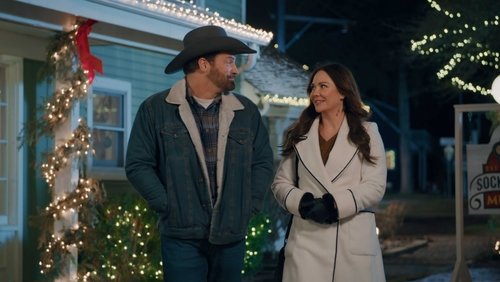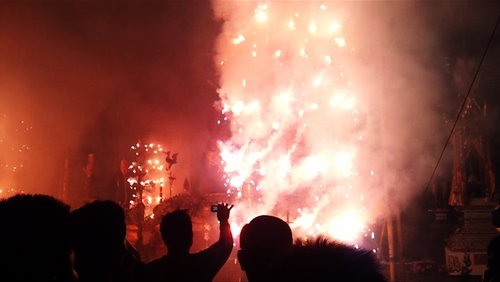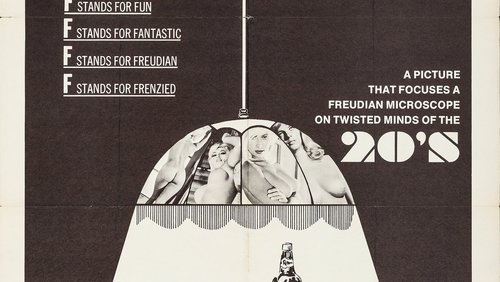Zwischen Feuer und Asche (1965)
34KZwischen Feuer und Asche: Directed by Andrzej Wajda. With Daniel Olbrychski, Boguslaw Kierc, Piotr Wysocki, Beata Tyszkiewicz. Set in the time of Napoleon wars, shows how the wars swept over the unfortunate Polish country at the beginning of the 19th century. Story revolves around the Polish legion under command of General Dabrowski, who then fought on Napoleon’s side with the hopes of Poland’s revival.
“Just watched it for the 1st time. Wow, that must be one of Wajdau0026#39;s best films. An epic story of a young impoverished nobleman Rafal that takes place in the Napoleonic time. The first part deals more with the main character coming of age and also tells a lot about life in Poland: slavery and exploitation of peasants by noblemen, Polish ways of life, poverty, differences among social classes, the differences between the Polish and the ruling Habsburg mentalities. What is refreshing and positively surprising is the criticism of the Polish ways of life compared to those of the imposing Habsburgs, such an objectivity is surprising in a Polish movie. Well, we may consider the communist regime as partly responsible for that, as their propaganda liked to criticize everything u0026quot;noblemanu0026quot; from the past and emphasize the negative aspects of Poland before the II WW – like the lack of equality and justice. Nevermind, the result is a refreshing detachment and objectivity. There also a plot about an older brother, who defending the right of his peasants to be free gets into a shooting duel with his aristocratic patron and gets killed. His younger brother sees it but bears no grudge against the killer, which may sound stupid and crazy, unless we consider that such were the customs and mentality of the time, many men got killed in duels. The second part is more u0026quot;epicu0026quot; and more batallistic, with one amazingly incisive and shocking episode when the Polish troopers in the Napoleonic service, after the siege of Saragossa in Spain enter the city and rape the nuns and other women there, with the almost gleeful and cynical approval of the Polish officers. It is eye opening, provocative, bold, very objective, self-critical, anti-war, passionate, humanistic approach from the filmmakers. No wonder the film reached the Polish cinemas only in a severely cut version. Such a self-flagellation, of the own national myth, is courageous and mature for any artist, any time and place, my hat off to Wajda for that. Another shocker comes when the Polish Napoleonic troops are shown massacring the black members of the Napoleonic army in Santo Domingo. It is known that the Poles brutally suppressed the anti-slavery rebellion there, but it was not never shown on any other film. They joined Napolean army for u0026quot;egalite, fraternite et liberteu0026quot;, hoping to spread these values and one day free Poland, but instead they fought Spanish in… Spain and killed Dominicanos at… Dominicana. There is yet another shocker: a gang rape scene (though shot in a tasty, delicate, almost poetic manner) of Rafalu0026#39;s lover somewhere on a mountain. The fascinating detail is that apparently the brutal rapists were the highlander rebels and bandits, who are kept in popular hight regard in Poland as those who fought against the rich and were in fact noble and just (the popular cult hero Janosik). Far from it here, it is another example of this filmu0026#39;s questioning of the national myths. And lastly, the film does not end on a positive note. All of this would make such a film impossible nowadays, whether in Poland or in Hollywood. It is well worth watching, the entire 226 minutes of it.”
